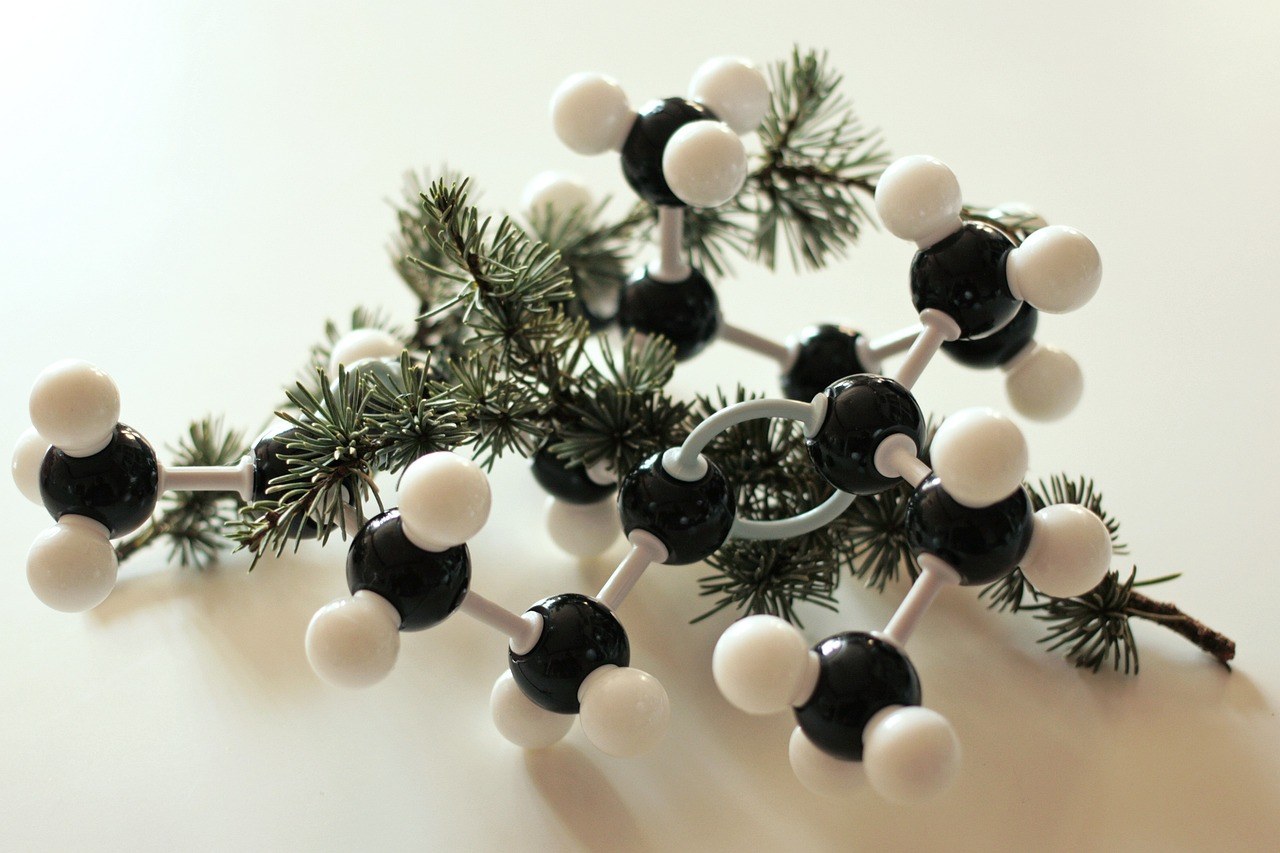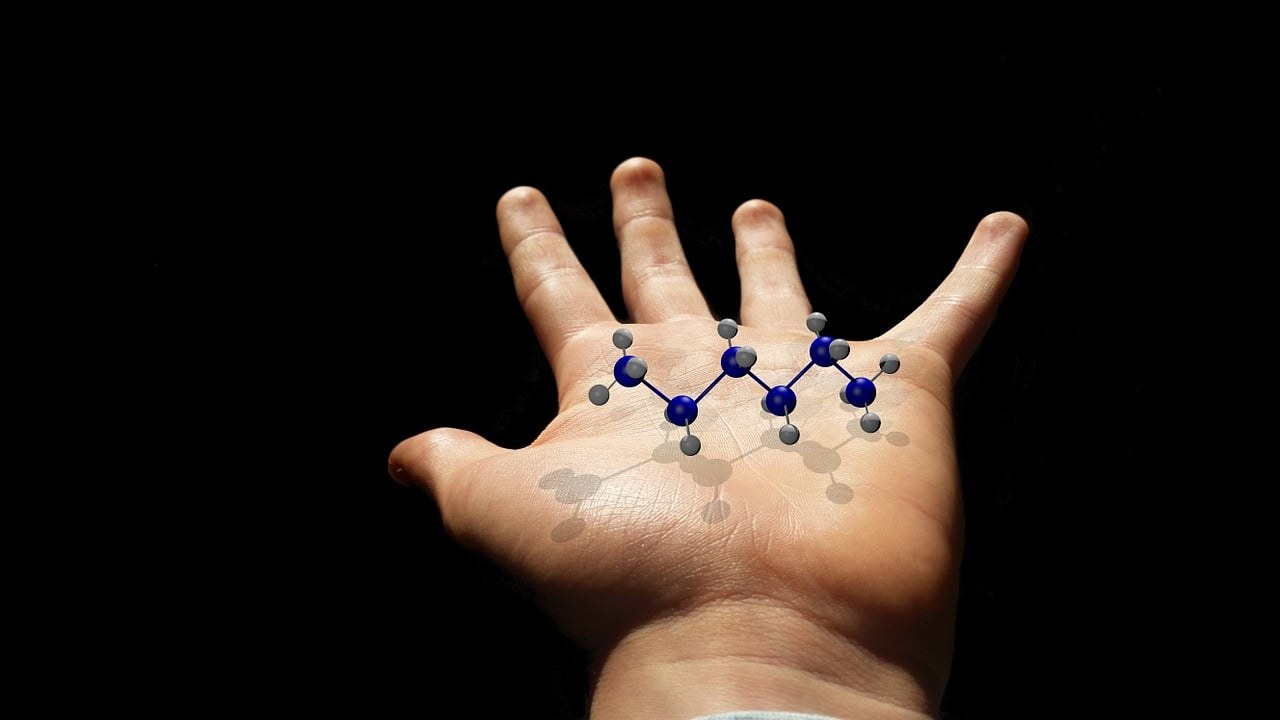Every couple hits rough patches – slammed doors, sharp words, that tight-chested feeling that won’t let up. When tension spikes, some partners discover an unexpected outlet: angry sex. Done with care, angry sex channels volatile emotion into physical closeness, helping you blow off steam and, sometimes, find your way back to each other. This guide reframes conflict-fueled passion as something consensual, mindful, and tender at the core – even when it’s rough around the edges.
Understanding the impulse without letting it run the show
Conflict floods the body with adrenaline and cortisol – the same storm that can heighten arousal. It’s no wonder a shouting match can pivot, almost without warning, toward a kiss that silences the argument. Angry sex isn’t about punishing your partner or papering over harm; it’s about acknowledging that your emotions are running hot and choosing to redirect them into connection. The operative word is choose – if either person feels unsafe or pressured, the brakes go on immediately.
Think of angry sex as a pressure valve. You’re not dismissing the problem; you’re refusing to let it poison your bond. When both partners consent, the physical intensity becomes a way to move energy through the body – not a way to settle scores. You’re still the same team, simply tackling the moment differently. That framing matters, because it draws a bright line between consensual roughness and anything that causes fear or pain that wasn’t welcomed and agreed to.

What angry sex is – and what it absolutely isn’t
It is a consensual, mutually desired reset. Angry sex can be fast, messy, and animalistic, but it stays rooted in care. The spark comes from heightened emotion and the decision to channel it together.
It isn’t a weapon. Withholding intimacy to win an argument or using sex as leverage flips the script from connection to manipulation – a sure way to erode trust.
It is an intense flavor of intimacy. The touches can be firmer, the pace quicker, the dirty talk bolder – yet it’s still intimacy, not combat.

It isn’t a substitute for conversations. You can’t thrust your way out of a recurring issue; you can only soften the edges so you can talk like humans again.
Ground rules that keep passion safe
Before you let the clothes fly, take ten seconds to align. Those ten seconds will make or break the experience. A nod, a breath, a “Do you want this?” whispered against a lip – tiny moments of consent that say, “We’re okay; we’re doing this together.” Angry sex thrives on clarity: yes means yes, and no – even a hesitant no – means stop, breathe, and revisit later.
Consent, then momentum. Ask plainly. If your partner doesn’t kiss back, freezes, or looks away, pause. Desire can flare and fade quickly during conflict – respect that ebb and flow.

Boundaries are nonnegotiable. Maybe spanking is fine but slapping isn’t; maybe rough kissing lands, but hair pulling doesn’t. Keep a short list of off-limits moves in your head so you don’t accidentally cross a line.
Safety signals matter. Even a simple “tap twice if you need a break” keeps things anchored. It’s a tiny agreement with big impact – a lifeline when words are hard to find.
Aftercare isn’t optional. The scene ends when the emotions cool – and that includes water, cuddling, a laugh, or a quiet “Are you okay?” Those tender minutes are where trust regrows.
Turning fury into chemistry: practical ways to start
Desire doesn’t follow a script, but you can create conditions that help angry sex stay hot and humane. The goal is to convert edge into electricity – without steamrolling either person’s boundaries.
Don’t barter with bodies. Using intimacy – or the absence of it – as a bargaining chip invites resentment. Angry sex works when it’s an invitation, not a tactic. Choose reconnection over victory.
Let arousal ride the adrenaline – not the anger. Notice the tightened jaw, the flushed skin, the pulsing breath. Shift your attention from the content of the fight to the sensation of being near your partner. That pivot – from story to sensation – is the hinge that turns conflict into closeness.
Start sure, then slow. A decisive kiss lands better than a tentative one, but rushing can backfire. Brush a wrist, graze a hip, bring your mouth close enough to feel breath. If your partner leans in, escalate; if not, retreat gracefully.
Play a little hard to get – on purpose. If you’re the one being pursued, you can lean into the chase. Make them earn each next touch with a grin or a shake of the head. Teasing isn’t punishment – it’s a way to transform friction into flirtation.
Be assertive when the green light flashes. Once consent is clear, act like you mean it. Guide hands, steer bodies, change rooms. Assertiveness converts mixed signals into a clear dance, and clarity is unbelievably sexy.
Don’t overdo it. Movies glamorize chaos; real bodies bruise, cramp, and misread cues. Keep gestures purposeful and scalable – a firm grip that can soften, a nibble that can become a kiss, a thrust that can slow.
Reconnect, don’t repress. Angry sex can punctuate a disagreement, but it doesn’t erase it. Treat the intimacy as a warm-up for empathy, not a smokescreen.
Avoid mid-act scorekeeping. It’s tempting to jab with a quip – don’t. A single mention of the original insult can collapse desire on the spot. Keep dirty talk erotic rather than personal. “Tell me you want me” beats “Admit you were wrong.”
Bring a touch of role-play if it fits. A dominant tone, a playful power swap, a fantasy of being the strict one or the rebellious one – these can harness the restless energy of the moment. Agree on roles with a wink and keep the script flexible.
Loosen inhibitions – lightly. Angry sex can be the gateway to trying something new: a position that needs confidence, a bold phrase, a firmer grip. Keep checking in with eyes and breath – enthusiasm speaks louder than words.
Reading the room when tempers flare
Anger distorts perception – yours and your partner’s. That makes reading nonverbal cues essential. Look for signals that say, “I’m with you,” such as seeking your mouth again after a kiss, arching into your touch, or guiding your hand. Conversely, stiffness, shallow breathing, or going silent in a brittle way suggests it’s time to pause. Angry sex should feel like a ride you’re both choosing; if one of you feels dragged along, the energy turns cruel.
Use concrete words when in doubt. A quick “Slower?” or “More?” can be sexier than guessing. You can even pre-agree on a few short phrases – “softer,” “harder,” “stop” – that steer the scene without dragging you back into the argument.
Techniques that translate intensity into intimacy
It’s not about inventing acrobatics – it’s about intentional choices that suit the mood. Small changes in pace and rhythm say, “We’re burning bright, but we’re okay.” Here are ways to keep angry sex hot, not harmful:
Use purposeful touch. Place a steady hand at the base of the neck, grip a hip, or anchor at the small of the back. These touches create containment – a felt sense of being held, not handled.
Play with pace. Start slow to meet each other’s breath, then surge. That wave – slow, quick, slow again – mirrors the emotional arc and prevents overwhelm.
Let the environment help. A wall for balance, a table edge for leverage, a doorway to frame a kiss – practical anchors that make intensity feel grounded.
Keep language simple. Dirty talk can be intoxicating in angry sex, but steer clear of jabs tied to the fight. Short, vivid phrases – “Don’t stop,” “Right there,” “I want you” – carry a charge without reopening wounds.
Choose positions that communicate. Face-to-face makes it easy to read cues; side-by-side lets you turn up power without overwhelming; rear-entry can channel aggression, provided it’s already clear that both of you are all-in.
Power play, role-play, and other spicy detours
When tempers run high, a consensual power dynamic can give the heat a container. If one of you needs to lead – to reassert presence after feeling dismissed – a dominant role can feel cathartic. If the other needs to surrender control – to stop negotiating and simply feel – the complementary role can be bliss. Angry sex often spotlights these impulses; role-play gives them a safe stage.
Try a tone shift: a firm “Come here,” a gentle command, a playful refusal. Maybe you riff on a student-and-teacher vibe, or spin a quick scenario where one of you is the rule-breaker and the other the enforcer. Keep it light and reversible. If you’re adding toys or impact play, start with the lowest intensity and build – the body under the influence of conflict is already amped, so less delivers more.
Why restraint – emotional and physical – matters
Restraint isn’t the absence of passion – it’s passion with guardrails. Angry sex without restraint can veer into unkindness fast. Emotional restraint means you don’t weaponize words. Physical restraint means tempered force, controllable grips, and an open channel for feedback. Remember: the hottest move in the room is responsiveness. If your partner’s breath hitches in a worried way, you soften. If their eyes open wide with surprise, you check in. That responsiveness is erotic because it proves you’re paying attention.
Keeping the spark without letting it burn the house down
Angry sex can become a habit – a way you two instinctively discharge tension. That’s fine when it’s a choice, but watch the red flags: picking fights to chase the high, glossing over serious issues, or leaning on sex to avoid apologies. The goal is not to need conflict to feel close; it’s to know that closeness is possible even after conflict. Treat angry sex like hot sauce – amazing in the right amount, overwhelming if you drown the meal in it.
Aftercare that actually repairs
When the storm subsides, you’re both raw – exposed, relieved, a little shaky. This is the moment to knit closeness back together. Grab water. Share a blanket. Stroke hair off a forehead. Ask, “Anything you need right now?” That question – simple, sincere – converts a fiery scene into real security. Angry sex often reopens tenderness that rage tried to bury; aftercare is how you protect that tenderness.
Physical comfort helps the body downshift, and small words matter – “I’m here,” “I’ve got you,” “You’re safe.” If you used commands or a stern tone, let your voice soften now. You’re signaling that the scene is over and the foundation is intact. This is also where you can slide in one or two words of appreciation: “That kiss – wow,” or “I loved when you pulled me closer.” Praise reassures; it also turns the memory into something you both want to revisit.
Talking later – but not too late
Angry sex isn’t a magic eraser, so set a time to check in – not during the glow, not hours later when resentment can resurface, but soon enough that the warmth hasn’t faded. You might say, “Let’s unpack the original thing after dinner,” or “Can we talk tomorrow morning?” Putting a pin in it lowers anxiety – your partner knows the conversation is coming, which makes it easier to relax now.
When you do talk, keep the same clarity you practiced in bed. Use specifics: “When plans changed, I felt brushed aside,” lands better than generalizations. Offer repair: “Next time, text me earlier,” or “If you need a night with friends, let’s schedule it.” Angry sex softened the edges – now the steady work completes the repair.
Common pitfalls – and how to sidestep them
Reopening the fight mid-thrust. The fastest libido killer is dragging the original grievance back into the room. Save it for later. Treat the scene like a separate chapter – related, but distinct.
Confusing intensity with cruelty. A growl can be hot; contempt never is. If your tone turns mocking or superior, you’re back in the fight, not in your bodies. Catch it and recalibrate.
Skipping consent because “we’re both mad.” High emotion is not a hall pass. Ask anyway; listen anyway. Enthusiastic participation is the only green light.
Performing for an imaginary audience. Real life isn’t a highlight reel. Choose what suits your bodies today, not what a fantasy script says should happen.
Letting pride block aftercare. You might still feel prickly – give the cuddle anyway. It’s the bridge back to being allies.
Bringing curiosity to the bedroom – and to the argument
The magic of angry sex is not just release – it’s discovery. Conflict shows you where you’re sensitive; intimacy shows you what soothes you. Curiosity binds those lessons. Maybe you learn that a firm hand at your waist settles your body; maybe you realize that being kissed mid-sentence breaks the rumination loop. Catalog what works. Name it plainly later, so you can reach for it before anger spikes next time.
Curiosity also reveals patterns. Do fights erupt when plans are vague? Does jealousy tingle during certain conversations? After a particularly intense session of angry sex, take note – not to self-criticize, but to anticipate. You can design your relationship to reduce flash points while keeping the spark alive. “We plan our weeks on Sundays,” or “We say not now when tempers rise, then revisit” – small agreements that protect the bond you keep choosing.
When not to pivot to the bedroom
Angry sex isn’t a fit for every conflict. If either of you feels frightened, demeaned, or emotionally flooded, the body is not a safe place to work things out. If one person is nursing an injury, if substances are in the mix, or if the fight touches on a tender boundary – money, family, trust breaches – the kindest move may be distance and time. The litmus test is generosity: if you can’t hold even a thimbleful of it for your partner, don’t initiate. Connection cannot bloom in a field of contempt.
Making space for pleasure without apology
There’s a cultural script that says sex after a fight is somehow “bad” or “toxic.” The truth is subtler. Pleasure can coexist with repair – and sometimes accelerates it – when it’s chosen, mutual, and warm at the core. Angry sex, practiced wisely, is not about rewarding bad behavior; it’s about remembering why you care enough to argue in the first place. You’re not pretending the hurt didn’t happen; you’re proving that tenderness still lives here, even while you’re working things out.
Putting it all together in real life
Picture this: plans got derailed, words flew, and you’re both breathing hard. You step closer, not as a challenge but as an offering. A thumb traces a cheekbone. “Do you want this?” you ask. A nod. The kiss starts deliberate – not a steal, but a gift. Hands find hips; backs meet walls; laughter sparks between bites of breath. You keep it responsive – a push met with a pull, a pace that quickens then eases. No barbed jokes, no scorekeeping, only bodies choosing yes, again and again. After, water and warmth; a quiet “Thank you.” Later, a simple talk that turns a fight into a plan. That’s angry sex at its best: fierce in the moment, gentle in the aftermath, honest throughout.
Used thoughtfully, angry sex can remind you what teamwork feels like – two people moving through the same storm and ending up on the same side of the bed. You argue because you care; you touch because you care; you talk because you care. When those three line up – friction, desire, repair – the relationship stops feeling like a tug-of-war and starts feeling like a dance you both know by heart.
Remember the simple throughline: choose each other before you choose intensity. Let consent be your compass, responsiveness your rhythm, and aftercare your guarantee that the heat you stoked together won’t scorch the bond you’re building. Angry sex is great, but it’s not a bandage for major wounds – it’s a shared decision to turn a flash fire into light you can actually live by.